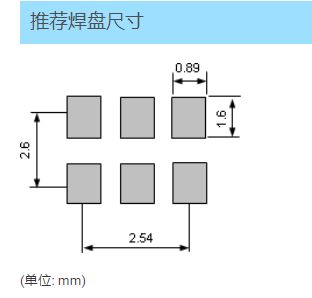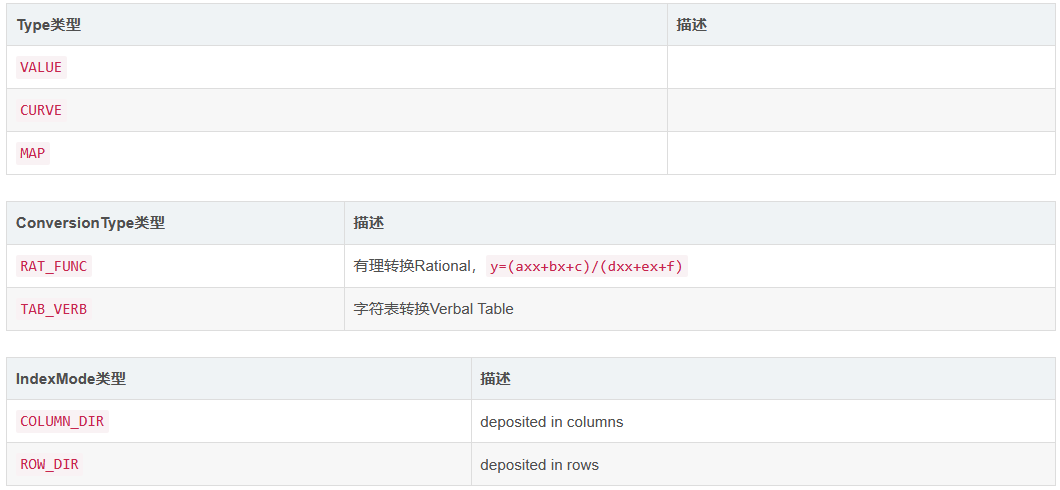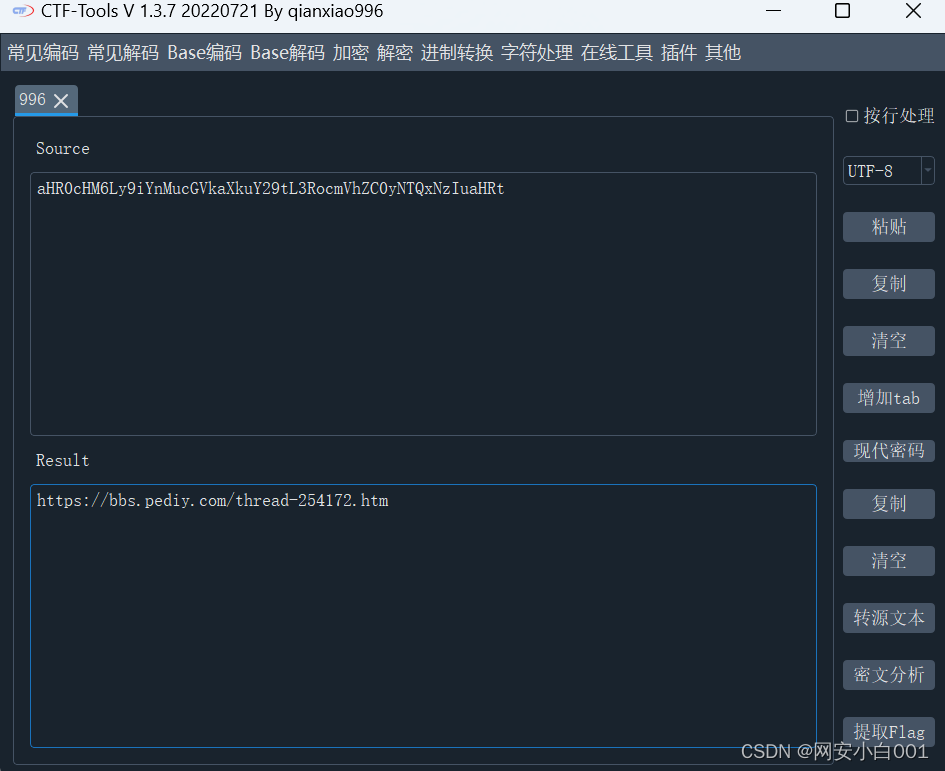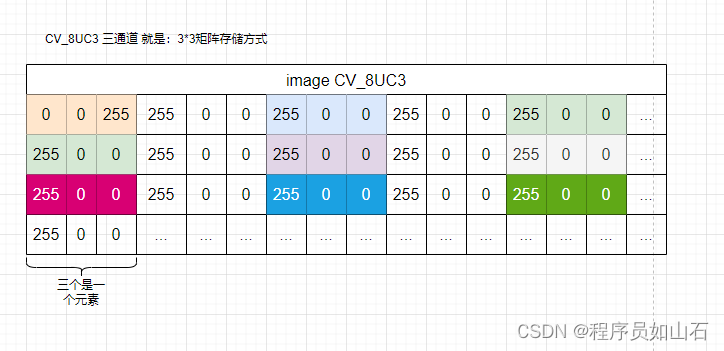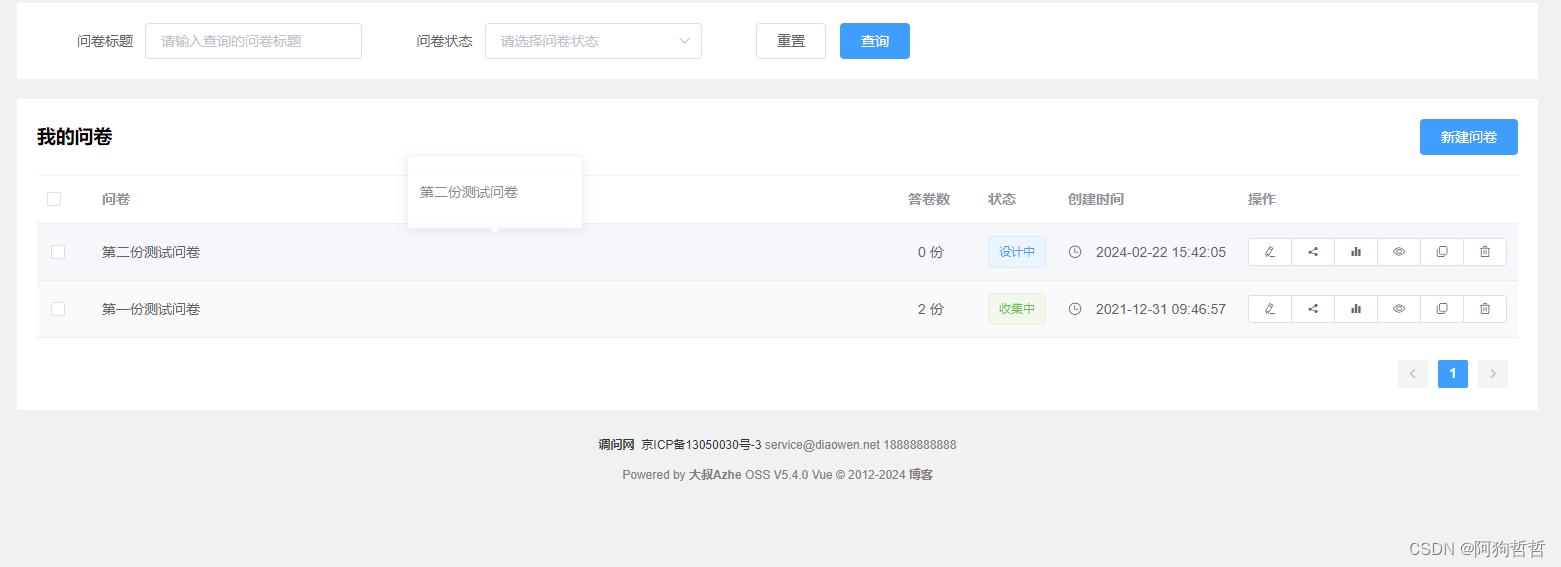接前一篇文章:QEMU源码全解析 —— virtio(21)
前几回讲解了virtio驱动的加载。本回开始讲解virtio驱动的初始化。
在讲解virtio驱动的初始化之前,先要介绍virtio配置的函数集合变量virtio_pci_config_ops。实际上前文书也有提到,如下图的右上角:

virtio_pci_config_ops的初始化有两处,分别在Linux内核源码/drivers/virtio/virtio_pci_legacy.c和Linux内核源码/drivers/virtio/virtio_pci_modern.c中。代码分别如下:
- legacy
static const struct virtio_config_ops virtio_pci_config_ops = {
.get = vp_get,
.set = vp_set,
.get_status = vp_get_status,
.set_status = vp_set_status,
.reset = vp_reset,
.find_vqs = vp_find_vqs,
.del_vqs = vp_del_vqs,
.synchronize_cbs = vp_synchronize_vectors,
.get_features = vp_get_features,
.finalize_features = vp_finalize_features,
.bus_name = vp_bus_name,
.set_vq_affinity = vp_set_vq_affinity,
.get_vq_affinity = vp_get_vq_affinity,
};- modern
static const struct virtio_config_ops virtio_pci_config_ops = {
.get = vp_get,
.set = vp_set,
.generation = vp_generation,
.get_status = vp_get_status,
.set_status = vp_set_status,
.reset = vp_reset,
.find_vqs = vp_modern_find_vqs,
.del_vqs = vp_del_vqs,
.synchronize_cbs = vp_synchronize_vectors,
.get_features = vp_get_features,
.finalize_features = vp_finalize_features,
.bus_name = vp_bus_name,
.set_vq_affinity = vp_set_vq_affinity,
.get_vq_affinity = vp_get_vq_affinity,
.get_shm_region = vp_get_shm_region,
.disable_vq_and_reset = vp_modern_disable_vq_and_reset,
.enable_vq_after_reset = vp_modern_enable_vq_after_reset,
};在此以Linux内核源码/drivers/virtio/virtio_pci_modern.c中的virtio_pci_config_ops为例进行讲解。
在前文书讲到的virtio_pci_modern_probe函数(Linux内核源码/drivers/virtio/virtio_pci_modern.c)中:
/* the PCI probing function */
int virtio_pci_modern_probe(struct virtio_pci_device *vp_dev)
{
struct virtio_pci_modern_device *mdev = &vp_dev->mdev;
struct pci_dev *pci_dev = vp_dev->pci_dev;
int err;
mdev->pci_dev = pci_dev;
err = vp_modern_probe(mdev);
if (err)
return err;
if (mdev->device)
vp_dev->vdev.config = &virtio_pci_config_ops;
else
vp_dev->vdev.config = &virtio_pci_config_nodev_ops;
vp_dev->config_vector = vp_config_vector;
vp_dev->setup_vq = setup_vq;
vp_dev->del_vq = del_vq;
vp_dev->isr = mdev->isr;
vp_dev->vdev.id = mdev->id;
return 0;
}virtio_pci_config_ops变量被赋值给了virtio_device结构的config成员。struct virtio_device的定义在Linux内核源码/include/linux/virtio.h中,代码如下:
/**
* struct virtio_device - representation of a device using virtio
* @index: unique position on the virtio bus
* @failed: saved value for VIRTIO_CONFIG_S_FAILED bit (for restore)
* @config_enabled: configuration change reporting enabled
* @config_change_pending: configuration change reported while disabled
* @config_lock: protects configuration change reporting
* @vqs_list_lock: protects @vqs.
* @dev: underlying device.
* @id: the device type identification (used to match it with a driver).
* @config: the configuration ops for this device.
* @vringh_config: configuration ops for host vrings.
* @vqs: the list of virtqueues for this device.
* @features: the features supported by both driver and device.
* @priv: private pointer for the driver's use.
*/
struct virtio_device {
int index;
bool failed;
bool config_enabled;
bool config_change_pending;
spinlock_t config_lock;
spinlock_t vqs_list_lock;
struct device dev;
struct virtio_device_id id;
const struct virtio_config_ops *config;
const struct vringh_config_ops *vringh_config;
struct list_head vqs;
u64 features;
void *priv;
};其中的struct virtio_config_ops的定义在Linux内核源码/include/linux/virtio_config.h中,代码如下:
/**
* struct virtio_config_ops - operations for configuring a virtio device
* Note: Do not assume that a transport implements all of the operations
* getting/setting a value as a simple read/write! Generally speaking,
* any of @get/@set, @get_status/@set_status, or @get_features/
* @finalize_features are NOT safe to be called from an atomic
* context.
* @get: read the value of a configuration field
* vdev: the virtio_device
* offset: the offset of the configuration field
* buf: the buffer to write the field value into.
* len: the length of the buffer
* @set: write the value of a configuration field
* vdev: the virtio_device
* offset: the offset of the configuration field
* buf: the buffer to read the field value from.
* len: the length of the buffer
* @generation: config generation counter (optional)
* vdev: the virtio_device
* Returns the config generation counter
* @get_status: read the status byte
* vdev: the virtio_device
* Returns the status byte
* @set_status: write the status byte
* vdev: the virtio_device
* status: the new status byte
* @reset: reset the device
* vdev: the virtio device
* After this, status and feature negotiation must be done again
* Device must not be reset from its vq/config callbacks, or in
* parallel with being added/removed.
* @find_vqs: find virtqueues and instantiate them.
* vdev: the virtio_device
* nvqs: the number of virtqueues to find
* vqs: on success, includes new virtqueues
* callbacks: array of callbacks, for each virtqueue
* include a NULL entry for vqs that do not need a callback
* names: array of virtqueue names (mainly for debugging)
* include a NULL entry for vqs unused by driver
* Returns 0 on success or error status
* @del_vqs: free virtqueues found by find_vqs().
* @synchronize_cbs: synchronize with the virtqueue callbacks (optional)
* The function guarantees that all memory operations on the
* queue before it are visible to the vring_interrupt() that is
* called after it.
* vdev: the virtio_device
* @get_features: get the array of feature bits for this device.
* vdev: the virtio_device
* Returns the first 64 feature bits (all we currently need).
* @finalize_features: confirm what device features we'll be using.
* vdev: the virtio_device
* This sends the driver feature bits to the device: it can change
* the dev->feature bits if it wants.
* Note that despite the name this can be called any number of
* times.
* Returns 0 on success or error status
* @bus_name: return the bus name associated with the device (optional)
* vdev: the virtio_device
* This returns a pointer to the bus name a la pci_name from which
* the caller can then copy.
* @set_vq_affinity: set the affinity for a virtqueue (optional).
* @get_vq_affinity: get the affinity for a virtqueue (optional).
* @get_shm_region: get a shared memory region based on the index.
* @disable_vq_and_reset: reset a queue individually (optional).
* vq: the virtqueue
* Returns 0 on success or error status
* disable_vq_and_reset will guarantee that the callbacks are disabled and
* synchronized.
* Except for the callback, the caller should guarantee that the vring is
* not accessed by any functions of virtqueue.
* @enable_vq_after_reset: enable a reset queue
* vq: the virtqueue
* Returns 0 on success or error status
* If disable_vq_and_reset is set, then enable_vq_after_reset must also be
* set.
*/
struct virtio_config_ops {
void (*get)(struct virtio_device *vdev, unsigned offset,
void *buf, unsigned len);
void (*set)(struct virtio_device *vdev, unsigned offset,
const void *buf, unsigned len);
u32 (*generation)(struct virtio_device *vdev);
u8 (*get_status)(struct virtio_device *vdev);
void (*set_status)(struct virtio_device *vdev, u8 status);
void (*reset)(struct virtio_device *vdev);
int (*find_vqs)(struct virtio_device *, unsigned nvqs,
struct virtqueue *vqs[], vq_callback_t *callbacks[],
const char * const names[], const bool *ctx,
struct irq_affinity *desc);
void (*del_vqs)(struct virtio_device *);
void (*synchronize_cbs)(struct virtio_device *);
u64 (*get_features)(struct virtio_device *vdev);
int (*finalize_features)(struct virtio_device *vdev);
const char *(*bus_name)(struct virtio_device *vdev);
int (*set_vq_affinity)(struct virtqueue *vq,
const struct cpumask *cpu_mask);
const struct cpumask *(*get_vq_affinity)(struct virtio_device *vdev,
int index);
bool (*get_shm_region)(struct virtio_device *vdev,
struct virtio_shm_region *region, u8 id);
int (*disable_vq_and_reset)(struct virtqueue *vq);
int (*enable_vq_after_reset)(struct virtqueue *vq);
};再回过头来看一下Linux内核源码/drivers/virtio/virtio_pci_modern.c中的virtio_pci_config_ops,对照着上边 struct virtio_config_ops的定义。
static const struct virtio_config_ops virtio_pci_config_ops = {
.get = vp_get,
.set = vp_set,
.generation = vp_generation,
.get_status = vp_get_status,
.set_status = vp_set_status,
.reset = vp_reset,
.find_vqs = vp_modern_find_vqs,
.del_vqs = vp_del_vqs,
.synchronize_cbs = vp_synchronize_vectors,
.get_features = vp_get_features,
.finalize_features = vp_finalize_features,
.bus_name = vp_bus_name,
.set_vq_affinity = vp_set_vq_affinity,
.get_vq_affinity = vp_get_vq_affinity,
.get_shm_region = vp_get_shm_region,
.disable_vq_and_reset = vp_modern_disable_vq_and_reset,
.enable_vq_after_reset = vp_modern_enable_vq_after_reset,
};virtio_pci_config_ops结构中的成员函数通常是virtio PCI代理设备的IO操作,包括读写virtio PCI代理设备的PIO和MMIO,如get_status和set_status成员对应的vp_get_status函数和vp_set_status函数。分别来看:
- get_status
根据struct virtio_config_ops中的说明:
@get_status: read the status byte
* vdev: the virtio_device
* Returns the status byte
get_status的作用是读取状态字节。有一个参数vdev,代表了virtio device。返回值为读取到的状态字节。
get_status所指向的vp_get_status函数也在Linux内核源码/drivers/virtio/virtio_pci_modern.c中,代码如下:
/* config->{get,set}_status() implementations */
static u8 vp_get_status(struct virtio_device *vdev)
{
struct virtio_pci_device *vp_dev = to_vp_device(vdev);
return vp_modern_get_status(&vp_dev->mdev);
}vp_modern_get_status函数在Linux内核源码/drivers/virtio/virtio_pci_modern_dev.c中,代码如下:
/*
* vp_modern_get_status - get the device status
* @mdev: the modern virtio-pci device
*
* Returns the status read from device
*/
u8 vp_modern_get_status(struct virtio_pci_modern_device *mdev)
{
struct virtio_pci_common_cfg __iomem *cfg = mdev->common;
return vp_ioread8(&cfg->device_status);
}
EXPORT_SYMBOL_GPL(vp_modern_get_status);- set_status
@set_status: write the status byte
* vdev: the virtio_device
* status: the new status byte
set_status的作用是写入状态字节。有两个参数:vdev代表了virtio device;status为新的要写入的状态字节。
set_status所指向的vp_set_status函数也在Linux内核源码/drivers/virtio/virtio_pci_modern.c中,代码如下:
static void vp_set_status(struct virtio_device *vdev, u8 status)
{
struct virtio_pci_device *vp_dev = to_vp_device(vdev);
/* We should never be setting status to 0. */
BUG_ON(status == 0);
vp_modern_set_status(&vp_dev->mdev, status);
}vp_modern_set_status函数在Linux内核源码/drivers/virtio/virtio_pci_modern_dev.c中,代码如下:
/*
* vp_modern_set_status - set status to device
* @mdev: the modern virtio-pci device
* @status: the status set to device
*/
void vp_modern_set_status(struct virtio_pci_modern_device *mdev,
u8 status)
{
struct virtio_pci_common_cfg __iomem *cfg = mdev->common;
/*
* Per memory-barriers.txt, wmb() is not needed to guarantee
* that the cache coherent memory writes have completed
* before writing to the MMIO region.
*/
vp_iowrite8(status, &cfg->device_status);
}
EXPORT_SYMBOL_GPL(vp_modern_set_status);vp_modern_get_status和vp_modern_set_status函数直接读写vp_dev->mdev->common->device_status。从前文书(QEMU源码全解析 —— virtio(14))的讲解可知,vp_dev->common对应的是virtio PCI代理设备第四个BAR表示的地址中的一段空间。

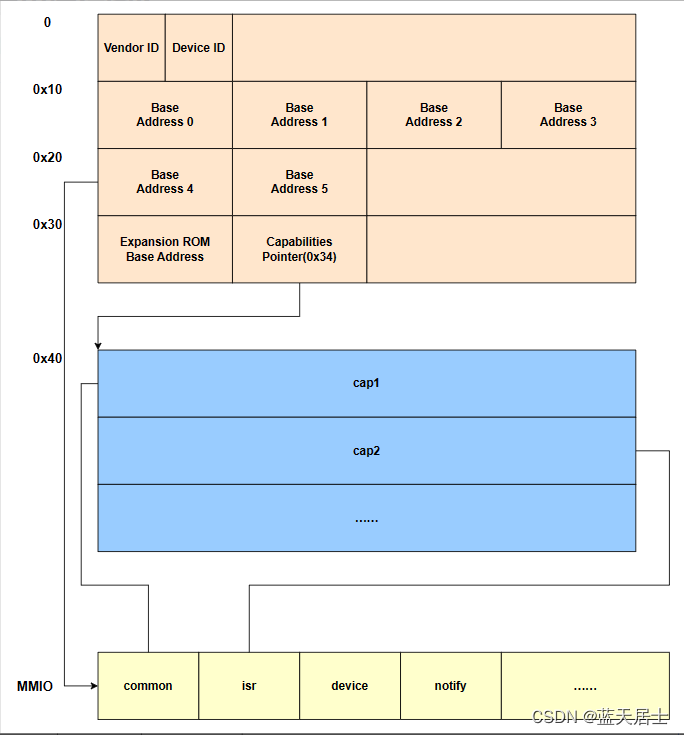
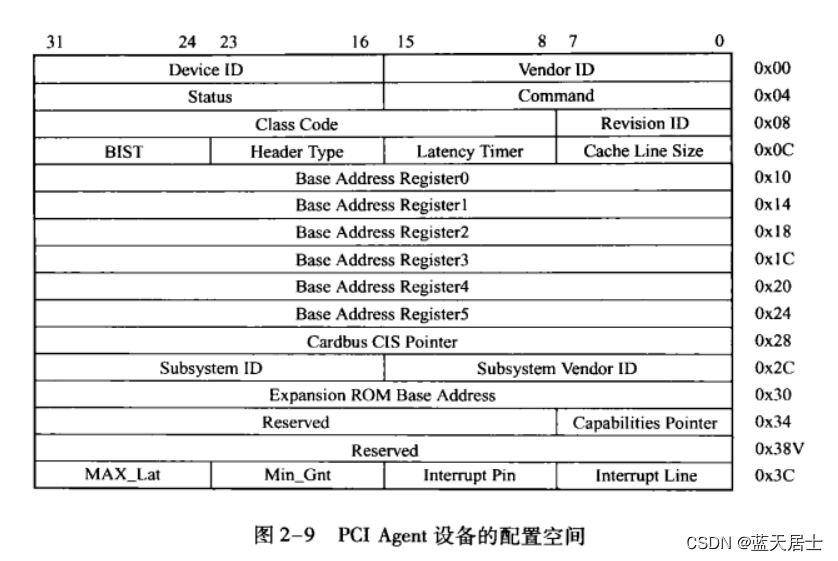
vp_dev->mdev->common的类型为struct virtio_pci_common_cfg,该结构的定义在Linux内核源码/include/uapi/linux/virtio_pci.h中,代码如下:
/* Fields in VIRTIO_PCI_CAP_COMMON_CFG: */
struct virtio_pci_common_cfg {
/* About the whole device. */
__le32 device_feature_select; /* read-write */
__le32 device_feature; /* read-only */
__le32 guest_feature_select; /* read-write */
__le32 guest_feature; /* read-write */
__le16 msix_config; /* read-write */
__le16 num_queues; /* read-only */
__u8 device_status; /* read-write */
__u8 config_generation; /* read-only */
/* About a specific virtqueue. */
__le16 queue_select; /* read-write */
__le16 queue_size; /* read-write, power of 2. */
__le16 queue_msix_vector; /* read-write */
__le16 queue_enable; /* read-write */
__le16 queue_notify_off; /* read-only */
__le32 queue_desc_lo; /* read-write */
__le32 queue_desc_hi; /* read-write */
__le32 queue_avail_lo; /* read-write */
__le32 queue_avail_hi; /* read-write */
__le32 queue_used_lo; /* read-write */
__le32 queue_used_hi; /* read-write */
};struct virtio_pci_common_cfg的每一个成员都表示一个virtio PCI代理设备modern MMIO地址空间中对应的值,读写这写成员都会陷入到QEMU中。比如上面的读取或者设置设备状态的device_status成员,其地址从virtio_pci_common_cfg结构开始的偏移20字节处(4+4+4+4+2+2=20),所以读写该地址的时候会陷入到QEMU中,并且地址是virtio设备的common MemoryRegion偏移20字节处。该MemoryRegion对应的回调操作结构是common_ops,类型为MemoryRegionOps。
common_ops在hw/virtio/virtio-pci.c中初始化,代码如下:
static void virtio_pci_modern_regions_init(VirtIOPCIProxy *proxy,
const char *vdev_name)
{
static const MemoryRegionOps common_ops = {
.read = virtio_pci_common_read,
.write = virtio_pci_common_write,
.impl = {
.min_access_size = 1,
.max_access_size = 4,
},
.endianness = DEVICE_LITTLE_ENDIAN,
};
……
}回到struct_pci_config_ops。
static const struct virtio_config_ops virtio_pci_config_ops = {
.get = vp_get,
.set = vp_set,
.generation = vp_generation,
.get_status = vp_get_status,
.set_status = vp_set_status,
.reset = vp_reset,
.find_vqs = vp_modern_find_vqs,
.del_vqs = vp_del_vqs,
.synchronize_cbs = vp_synchronize_vectors,
.get_features = vp_get_features,
.finalize_features = vp_finalize_features,
.bus_name = vp_bus_name,
.set_vq_affinity = vp_set_vq_affinity,
.get_vq_affinity = vp_get_vq_affinity,
.get_shm_region = vp_get_shm_region,
.disable_vq_and_reset = vp_modern_disable_vq_and_reset,
.enable_vq_after_reset = vp_modern_enable_vq_after_reset,
};virtio_pci_config_ops的各个函数封装了这些I/O操作,不仅是MMO操作,还有PIO操作。virtio设备可以通过此结构中的各个回调函数来驱动设备。
本回就讲到这里。下一回以virtio balloon设备的初始化过程为例,分析virtio设备的初始化过程,即上一回讲到的virtio驱动初始化设备的过程中的“执行设备相关的初始化操作”一步。
欲知后事如何,且看下回分解。
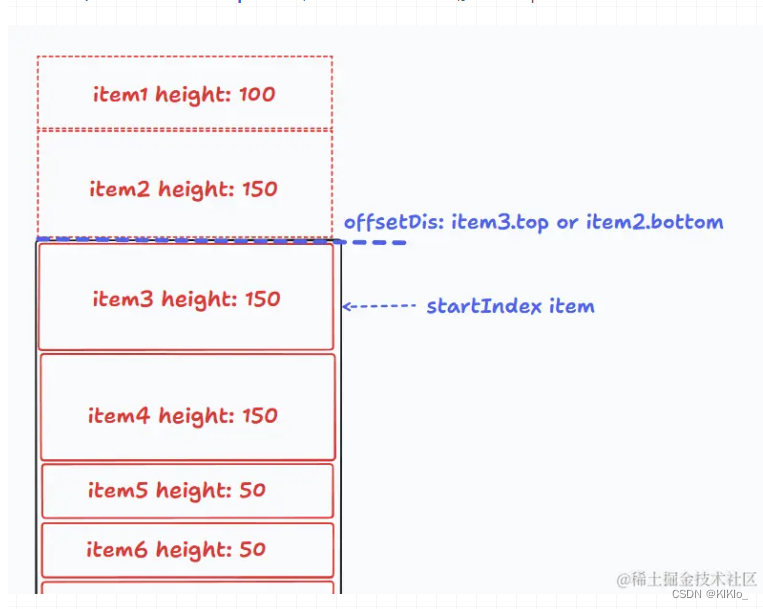
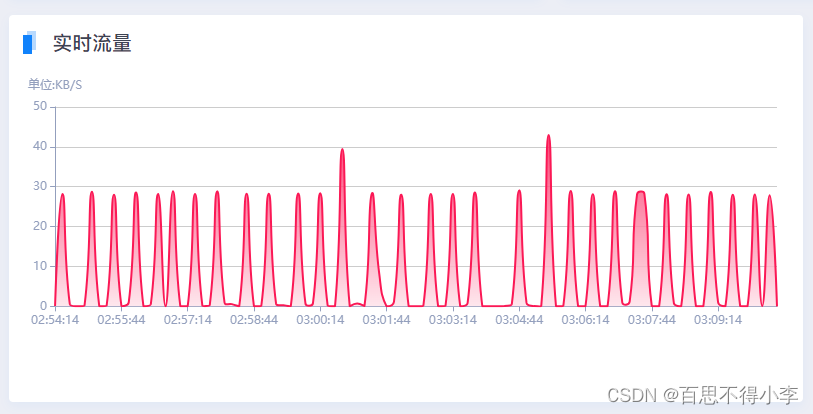
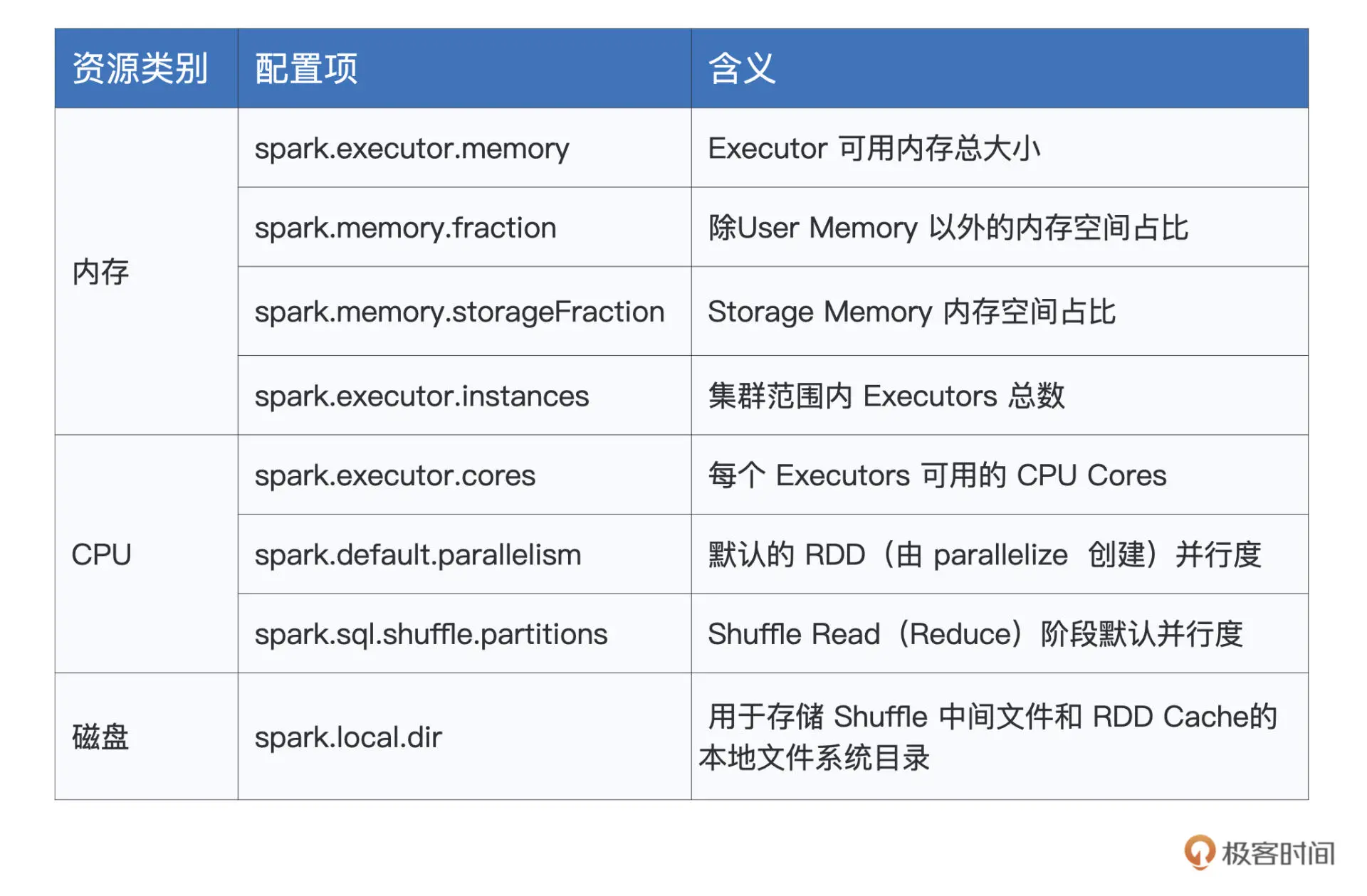



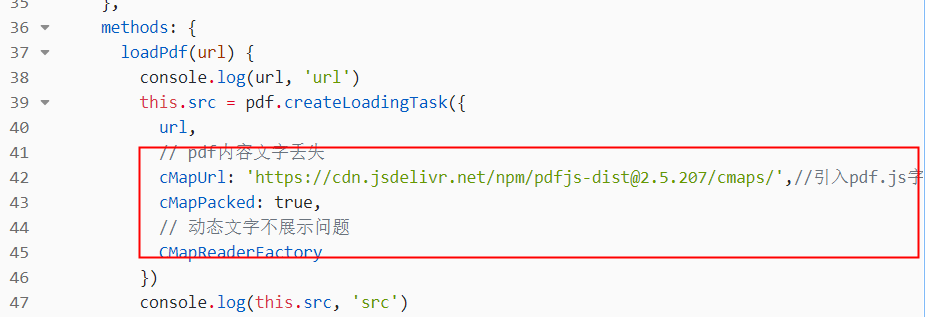
![[云原生] 二进制安装K8S(中)](https://img-blog.csdnimg.cn/direct/a0076a3a2c5d4dcaaf72fe45f5ff1605.png)
